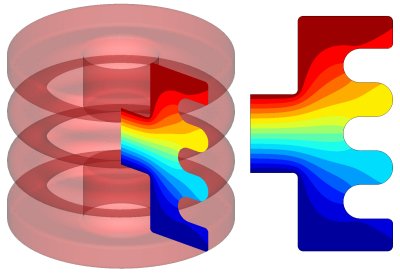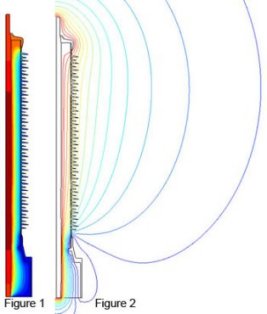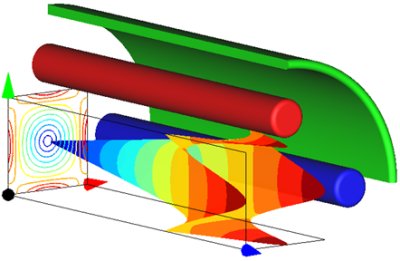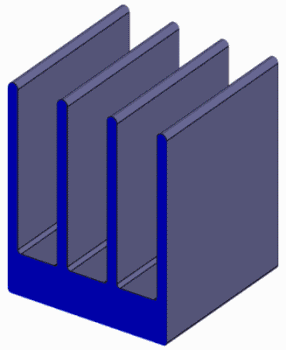-
- Actuators
- Coil Design
- Electromagnetic Brakes & Clutches
- Inductors
- Levitators
- MRI
- Motors
- Alternators and Generators
- Electromagnetic Brakes and Clutches
- Sensors
- Loudspeakers
- Magnetic Encoding
- Relays and Contactors
- Solenoids
- Shielding
- Electromagnets
- Magnetic Bearings
- Magnetic Signatures
- Magnetic Fixtures
- Magnets
- Non Destructive Testing
- Particles
-
- Antenna Radiation Characteristics
- Simulation of an Airplane
- EM Simulation of a Desktop
- EM Compatability and EM Interference
- Cable Junctions and Terminations
- Filters
- Lightning Strikes
- Microwave Circuits
- Microwave Ovens
- MRI
- Near Field Analysis
- Radar Cross Sections
- Radio Frequency Cavities
- Reflector Antennas
- Sensors
- Ultra Wideband Antennas
- Waveguides
- Antennas
High Voltage Insulator Design
INTEGRATED Engineering Software programs are industry leader for fulfilling the software needs in design of high voltage Insulators. Our proprietary Boundary Element Method (BEM) solver technology provides the most accurate numerical field solutions for these types of problems, and it’s the method of choice for problems that involve the modeling of space around the device, “large open regions”.
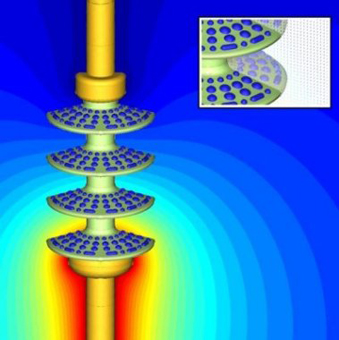
The Finite Element Method (FEM) solver is incorporated in the programs as well to provide choice of both methods.
Industrial giants like Hubbel Power Systems, MacLean Power Systems, Lapp Insulators, Quebec Hydro, Manitoba Hydro, BC Hydro, BHEL India and K-Line Insulators Limited are using our software programs for modelling and optimizing their insulator designs.
In rotationally symmetric insulators, electric field analysis should be done with ELECTRO™ and for thermal analysis, KELVIN™ should be used.
If there is a significant non-rotational (3D) aspect to the physics (e.g. non-rotational insulator shape, parallel wire connections, water droplets); then for electric analysis, COULOMB™ should be used, and for thermal analysis, CELSIUS™ should be used.
INTEGRATED’s software programs can handle following calculations in high voltage Insulator designs:
- Electric field analysis
- Partial Discharge (PD) Inception analysis
- Skin and proximity effects in conductors
- Magnetic force calculations
- Simulation of real world transient test conditions like lightning strikes
- Thermal analysis
